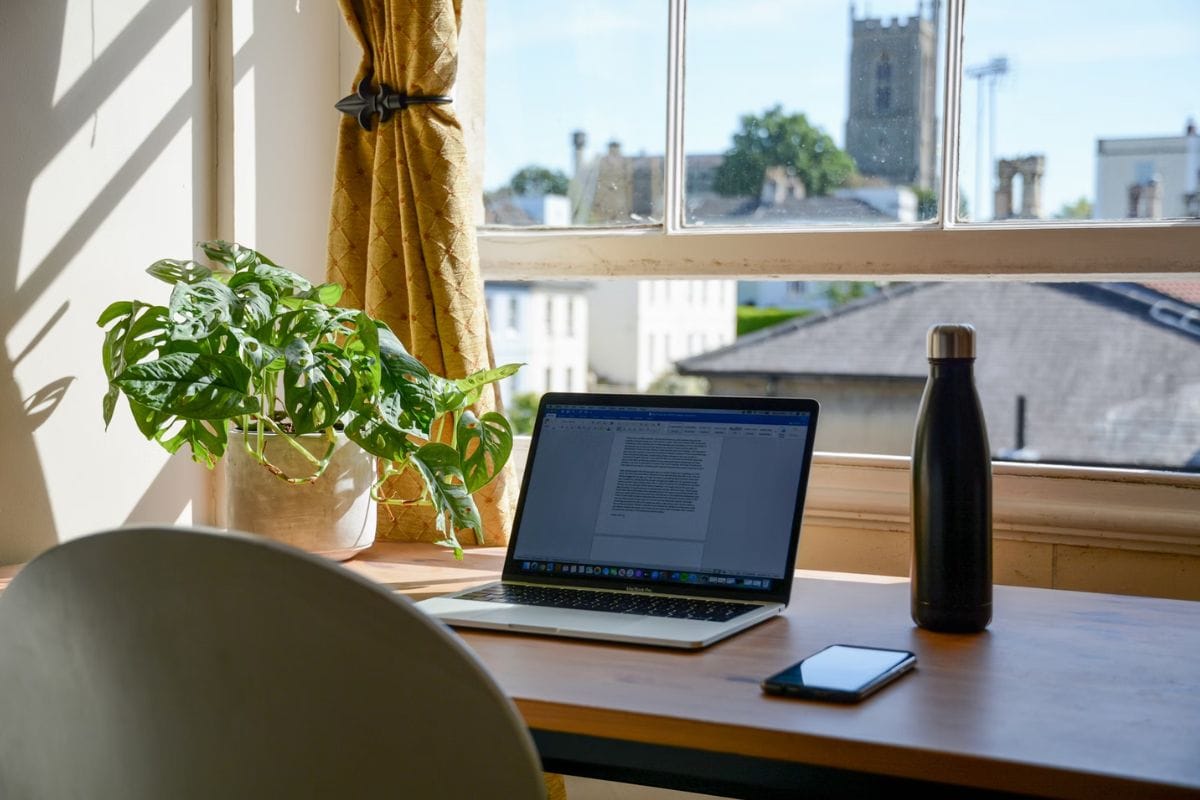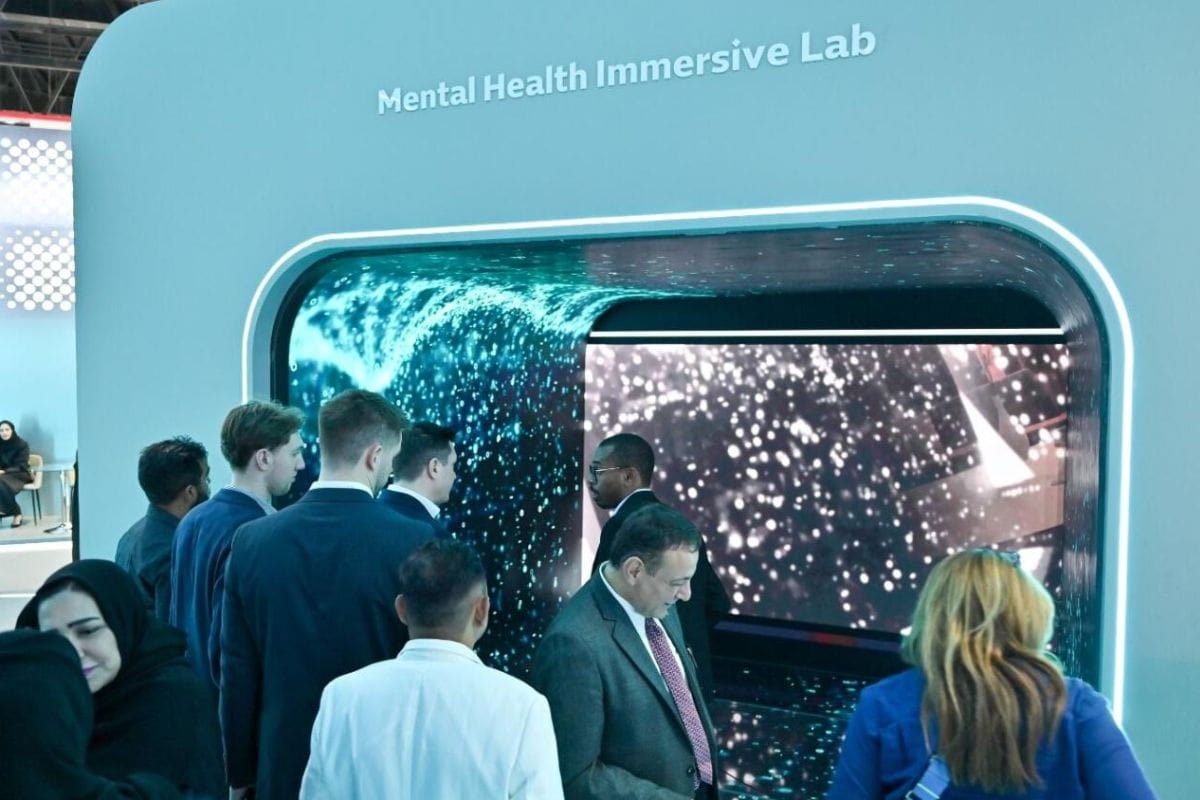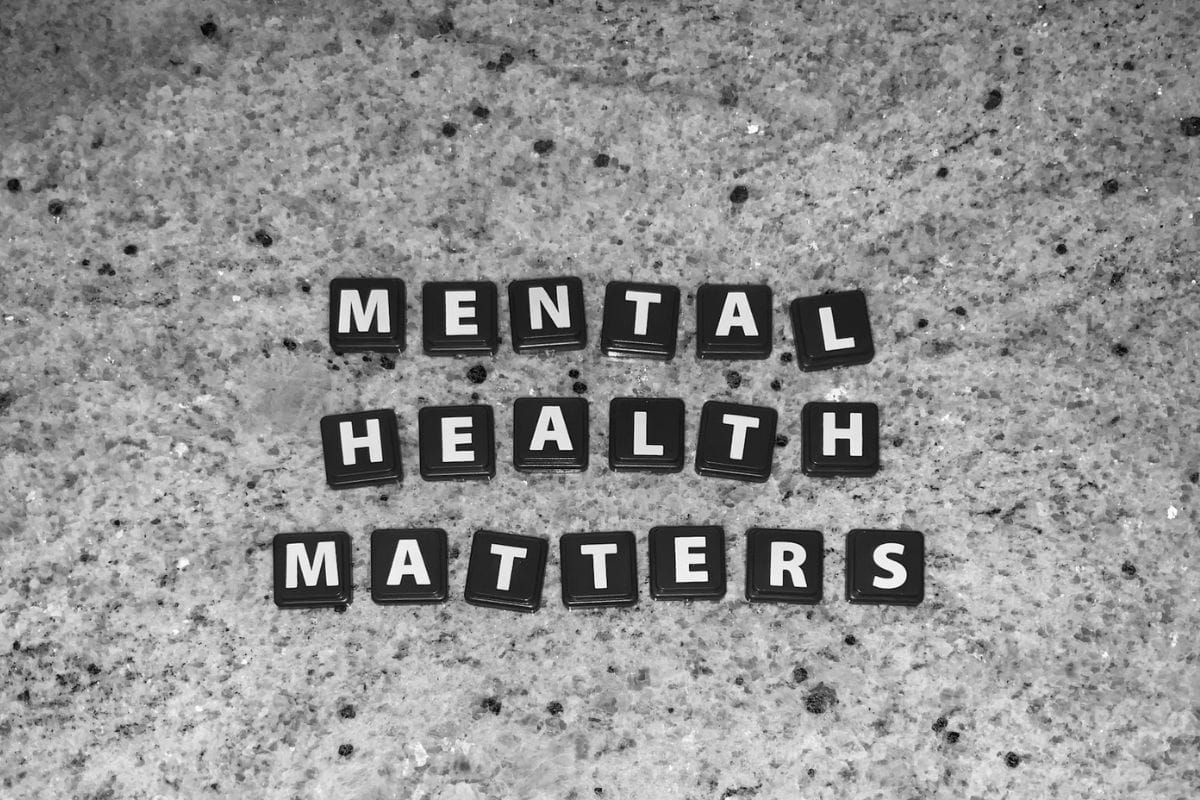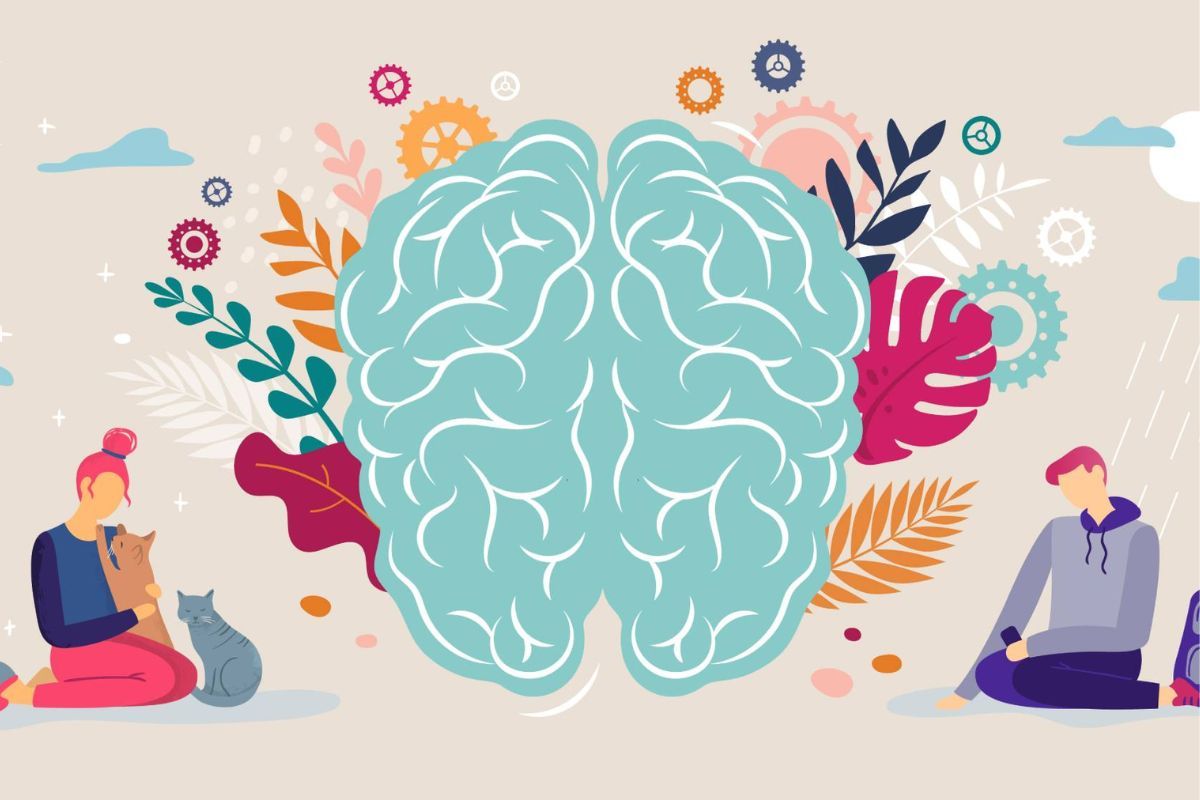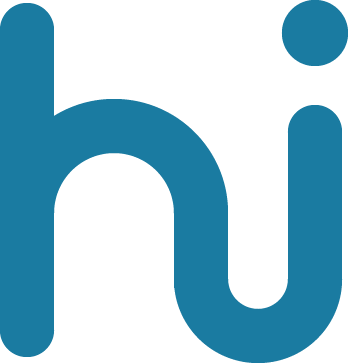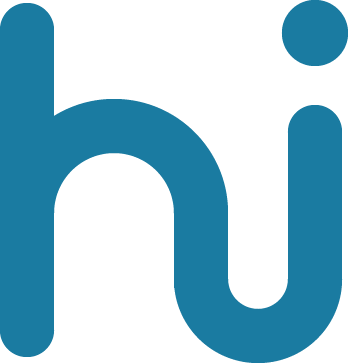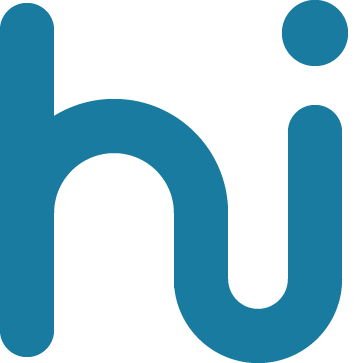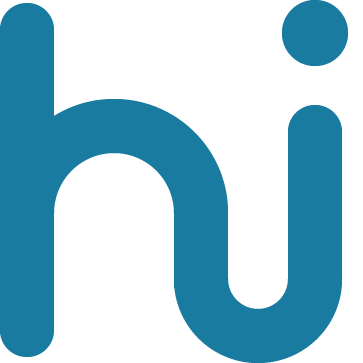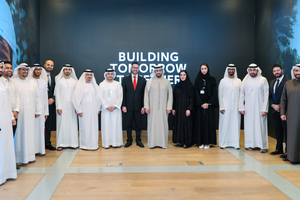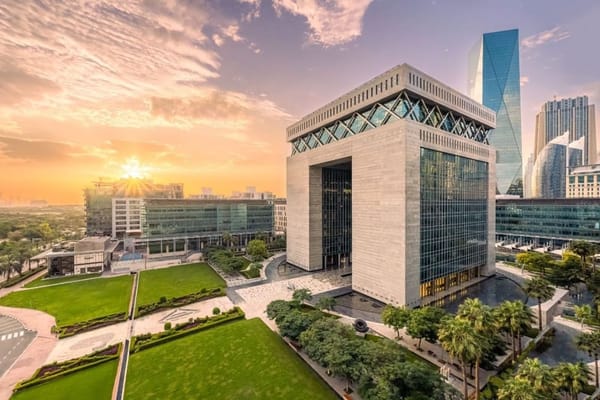Creativity has long been the driving force behind innovation, problem-solving, and progress across industries. Whether designing new products, improving customer experiences, or developing fresh business strategies, creative thinking fuels success in today’s professional world. In fact, a 2024 World Economic Forum report found that 73% of employers rank creative thinking as one of the most in-demand skills for the future. Companies that nurture creativity tend to outperform their competitors, with a McKinsey study revealing that businesses prioritizing creativity are twice as likely to achieve above-average financial performance.
Yet, despite its recognized value, creativity often takes a backseat in the workplace. Many professionals unknowingly find themselves trapped in routines that discourage original thinking. High-pressure environments, rigid workflows, and excessive administrative tasks can slowly chip away at creative energy. A recent survey found that only 35% of workers feel they have time for creative activities at work, indicating that most employees are caught in roles that demand efficiency over innovation. When the daily grind leaves little space for experimentation, imagination, or fresh ideas, even the most creative minds can become stagnant.
So, is your job quietly killing your creativity without you realizing it? In this article, we’ll explore the hidden ways workplace structures suppress innovation, backed by research and real-world insights, and discuss strategies to reclaim your creative potential.
The Imperative of Creativity in the Workplace
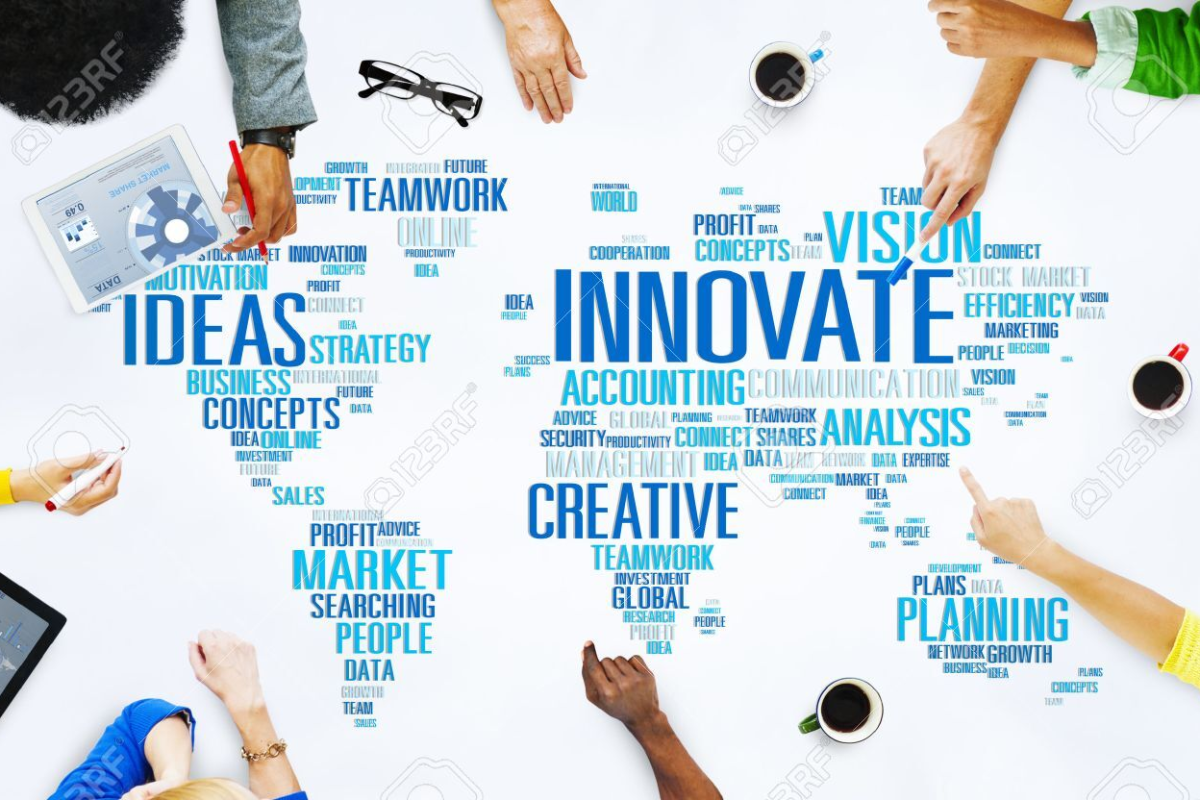
Creativity is a vital component in the workplace, serving as a catalyst for innovation, problem-solving, and adaptability across various industries. It enables organizations to develop novel solutions, improve processes, and maintain a competitive edge in an ever-evolving market. A study published in Frontiers in Psychology emphasizes that job roles requiring creativity significantly enhance employee engagement and performance.
Moreover, fostering creativity within teams can lead to increased productivity and a more dynamic work environment. Encouraging employees to think creatively allows them to approach challenges from different perspectives, leading to innovative solutions that drive organizational success.
In essence, creativity is not merely an artistic endeavor but a critical element that underpins effective problem-solving and drives innovation within the workplace.
Identifying Creativity Suppressors in Your Job

In the modern workplace, several factors can inadvertently suppress employee creativity. Understanding these elements is crucial for both individuals and organizations aiming to foster a more innovative environment.
- Monotonous Tasks
Engaging in repetitive tasks without variation can lead to mental stagnation, diminishing opportunities for creative thought. Research indicates that strict adherence to standards and rigid internal policies can hinder creativity, as they limit employees' ability to explore novel approaches.
- Lack of Autonomy
When employees have little control over their work processes, it can suppress initiative and innovation. Autonomy is believed to foster creativity, as studies have revealed that individuals produce more creative work and experience increased intrinsic motivation when they have a sense of control and ownership over their tasks.
- High-Pressure Deadlines
Constantly working under tight deadlines can induce stress, leaving little room for creative exploration. Frequent, time-intensive stress can reduce creativity by eroding mental functioning; few people are capable of being innovative when they are sleep-deprived and exhausted.
- Absence of Recognition
A workplace that fails to acknowledge creative efforts can demotivate employees from pursuing innovative ideas. Supportive and motivational environments that create psychological safety, encourage risk-taking and tolerate mistakes increase team creativity. Organizations in which help-seeking, help-giving, and collaboration are rewarded promote innovation by providing opportunities and contexts in which team processes that lead to collective creativity can occur.
- Impact of Excessive Monitoring on Creativity
While employee monitoring can enhance productivity by providing real-time insights and identifying inefficiencies, overzealous surveillance can have detrimental effects on creativity. Constant monitoring may lead to increased stress and a sense of mistrust among employees. A study highlighted that supervisors' close monitoring can hinder employees' creativity and knowledge sharing by undermining leader-member exchange relationships.
Furthermore, excessive monitoring can create a toxic corporate culture, making employees feel undervalued and leading to decreased retention and challenges in recruitment efforts.
- Effect of Rigid Organizational Structures on Innovation
Organizational structures that are highly complex, formalized, and centralized—often referred to as mechanistic structures—tend to limit innovation. In contrast, more decentralized and flexible (organic) structures promote creativity by allowing for greater autonomy and adaptability.
Rigid structures can impede knowledge diffusion and organizational self-renewal, essential for fostering innovation. A conceptual framework suggests that such rigidity negatively impacts an organization's ability to adapt and innovate
The Role of Workplace Environment in Fostering or Hindering Creativity
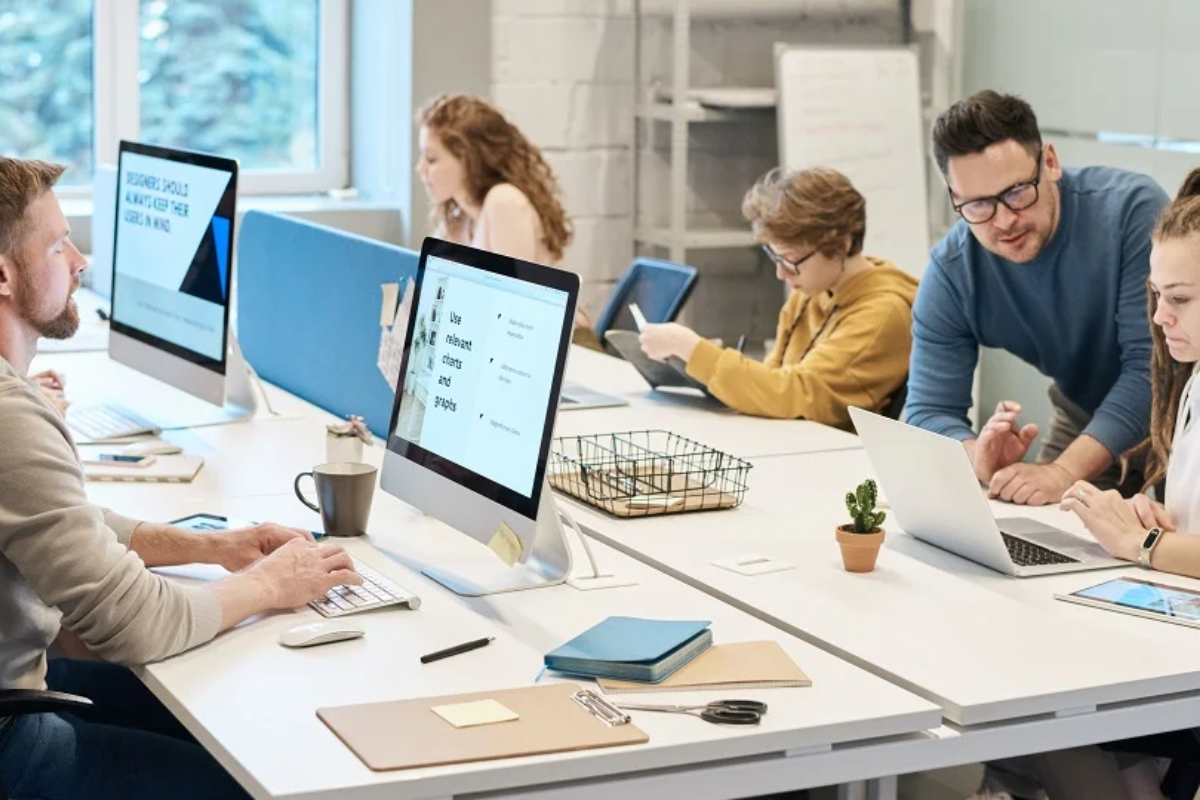
The environment in which employees operate plays a pivotal role in either fostering or hindering creativity. Research indicates that various factors within the workplace significantly influence creative output, encompassing personal attributes, social-organizational dynamics, and physical settings.
- Personal Factors
Individual characteristics such as motivation and personality traits are crucial determinants of creativity. A study published in Innovation and Entrepreneurship highlights that intrinsic motivation—driven by personal interest and satisfaction—can significantly enhance creative performance. Conversely, extrinsic motivators like monetary rewards may not have the same positive effect.
- Social-Organizational Factors
The social and organizational context within a workplace profoundly impacts creativity. Supportive leadership, cohesive team dynamics, and a culture that encourages risk-taking and values diverse perspectives are instrumental in nurturing innovation. A study examining the relationship between creativity and work environment factors found that supervisor support, coworker cohesion, autonomy, and task involvement positively correlate with enhanced creative performance.
- Physical Environment
The physical workspace also plays a significant role in influencing creativity. Factors such as lighting, noise levels, and office layout can either stimulate or impede creative thinking. A well-designed workspace that offers flexibility, comfort, and areas for both collaboration and solitude can enhance creative performance. Research indicates that an environment that balances open spaces for interaction with private areas for focused work tends to foster higher levels of creativity among employees.
- Psychological Safety
Psychological safety, defined as a shared belief that the workplace is safe for interpersonal risk-taking, is another critical factor. When employees feel secure in expressing ideas without fear of ridicule or retribution, creativity flourishes. Studies have shown that teams with high psychological safety are more likely to engage in learning behaviors, leading to increased innovation and performance.
A comprehensive understanding of how personal, social-organizational, and physical factors interact within the workplace environment is essential for organizations aiming to foster creativity. By cultivating intrinsic motivation, supportive social dynamics, conducive physical spaces, and a psychologically safe atmosphere, organizations can significantly enhance their employees' creative capacities.
Recognizing the Signs of Diminished Creativity
Recognizing the signs of diminished creativity in the workplace is crucial for both employees and organizations aiming to maintain innovation and job satisfaction. Key indicators include:
- Decreased Engagement
A noticeable decline in enthusiasm for tasks that once excited you can signal reduced creativity. A study by Adobe revealed that 75% of respondents feel they are not living up to their creative potential, indicating widespread disengagement.
- Reluctance to Share Ideas
Hesitation or fear of proposing new concepts during meetings may stem from a lack of psychological safety. Research indicates that supportive and motivational environments that create psychological safety, encourage risk-taking, and tolerate mistakes increase team creativity.
- Routine-Driven Work
A tendency to stick strictly to established procedures without exploring alternatives can stifle innovation. An article in Inc. highlights that lack of autonomy is a significant barrier to employee creativity, as rigid adherence to routines limits opportunities for creative problem-solving.
Identifying these signs early allows for proactive measures to re-engage creative capacities, benefiting both personal career development and organizational growth.
Mental Health Implications of Job Stress on Creativity
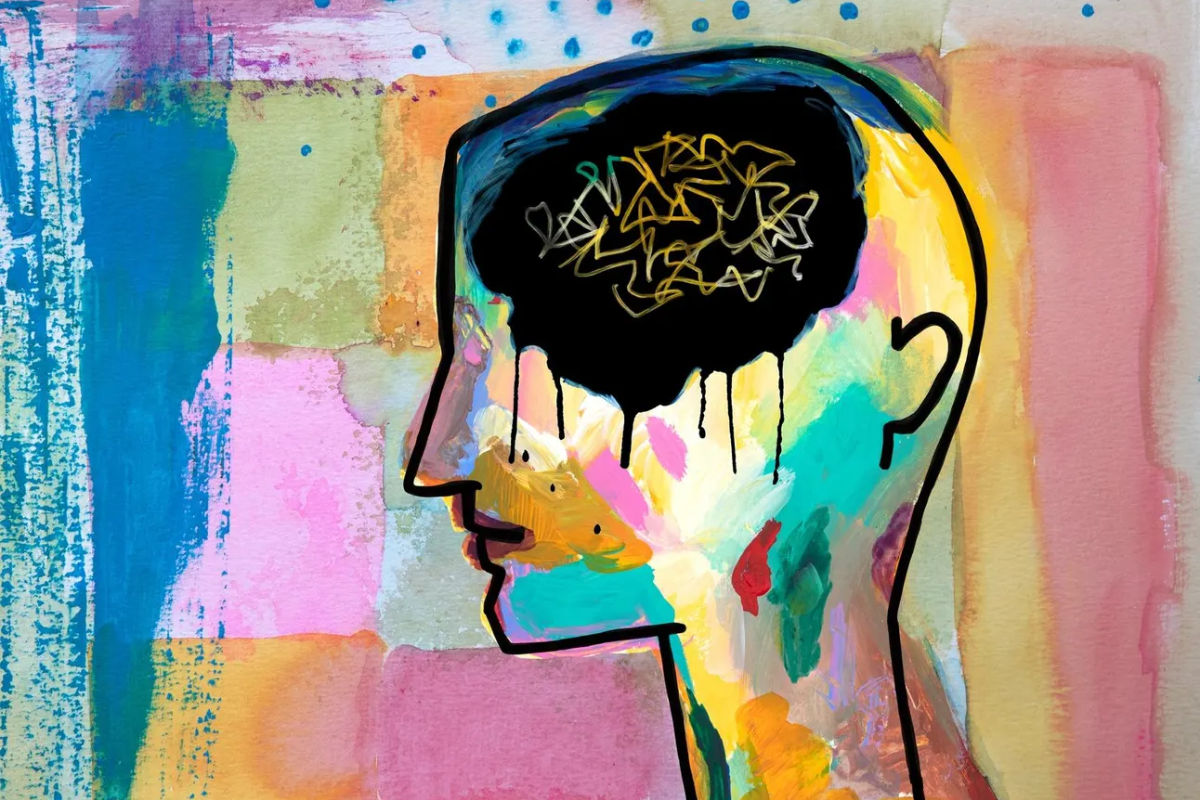
Job stress significantly impacts mental health, leading to conditions such as anxiety and depression, which in turn diminish creative capacities. A study by Qualtrics reported that individuals currently struggling with mental health issues felt creative tasks required more effort to carry out than they otherwise might. The researchers claim that “positive mental health is associated with a faster, slicker runway toward creativity and innovation—and health in general.” People not struggling with mental health issues spent 23% less effort executing creative work than those struggling.
Furthermore, poor mental health and lower well-being of workers can lead to lower employee satisfaction, lower work performance, burnout, and increased risk of occupational hazards. As workers are also part of the community, the effects of poor mental health can also affect the family and society.
Strategies to Reclaim and Enhance Your Creative Potential

If you suspect that your job is hindering your creativity, implementing targeted strategies can help rejuvenate your innovative potential. Here are some data-driven approaches:
1. Seek New Challenges
Proactively engaging in projects that push your boundaries can stimulate creative thinking. A study published in the Journal of Organizational Behavior found that employees who took on challenging tasks experienced higher levels of intrinsic motivation, which in turn enhanced their creativity. This suggests that seeking out complex assignments can foster an environment where innovative ideas flourish.
2. Advocate for Autonomy
Having control over your tasks and methods is crucial for creativity. Research indicates that employees with higher job autonomy report greater creative performance. A meta-analysis in the Journal of Applied Psychology concluded that job autonomy is positively correlated with creativity, as it allows individuals the freedom to explore and implement novel ideas without excessive constraints.
3. Allocate Time for Creative Activities
Dedicating specific periods for brainstorming and exploring new ideas can lead to significant creative outputs. A study in the Academy of Management Journal found that organizations that encouraged employees to spend 20% of their time on projects of personal interest saw a substantial increase in innovative products and solutions. This practice, often referred to as "20% time," has been adopted by companies like Google to foster innovation.
4. Foster Collaborative Relationships
Engaging with colleagues from different departments can provide fresh perspectives and insights. Research in the Administrative Science Quarterly indicates that cross-functional collaboration enhances creativity by combining diverse knowledge bases, leading to more innovative solutions. Teams that leverage a variety of expertise are better equipped to approach problems from multiple angles, resulting in higher creative performance.
Creativity is not a luxury—it’s a necessity. It fuels progress, shapes industries, and gives meaning to the work we do. Yet, in the pursuit of deadlines, efficiency, and routine, many professionals unknowingly let their creativity slip away. The slow erosion of innovation doesn’t happen overnight; it’s often disguised as busyness, stress, or the false belief that creativity is reserved for artists or entrepreneurs.
But here’s the truth: creativity belongs to everyone, and it thrives wherever curiosity is nurtured. The key is to recognize when your environment is suppressing it and take action before it fades into the background of daily tasks. Whether it’s advocating for more autonomy, seeking new challenges, or carving out time for creative thought, small shifts in mindset and habits can make a profound difference.
The modern workplace will continue to evolve, demanding adaptability, problem-solving, and fresh ideas. Those who protect and cultivate their creativity will not only stay ahead but also find deeper fulfillment in their careers. Because at the end of the day, work isn’t just about getting things done—it’s about leaving an imprint, making an impact, and finding meaning in the process. The question is, will you reclaim your creativity before it’s too late?
Also read:
